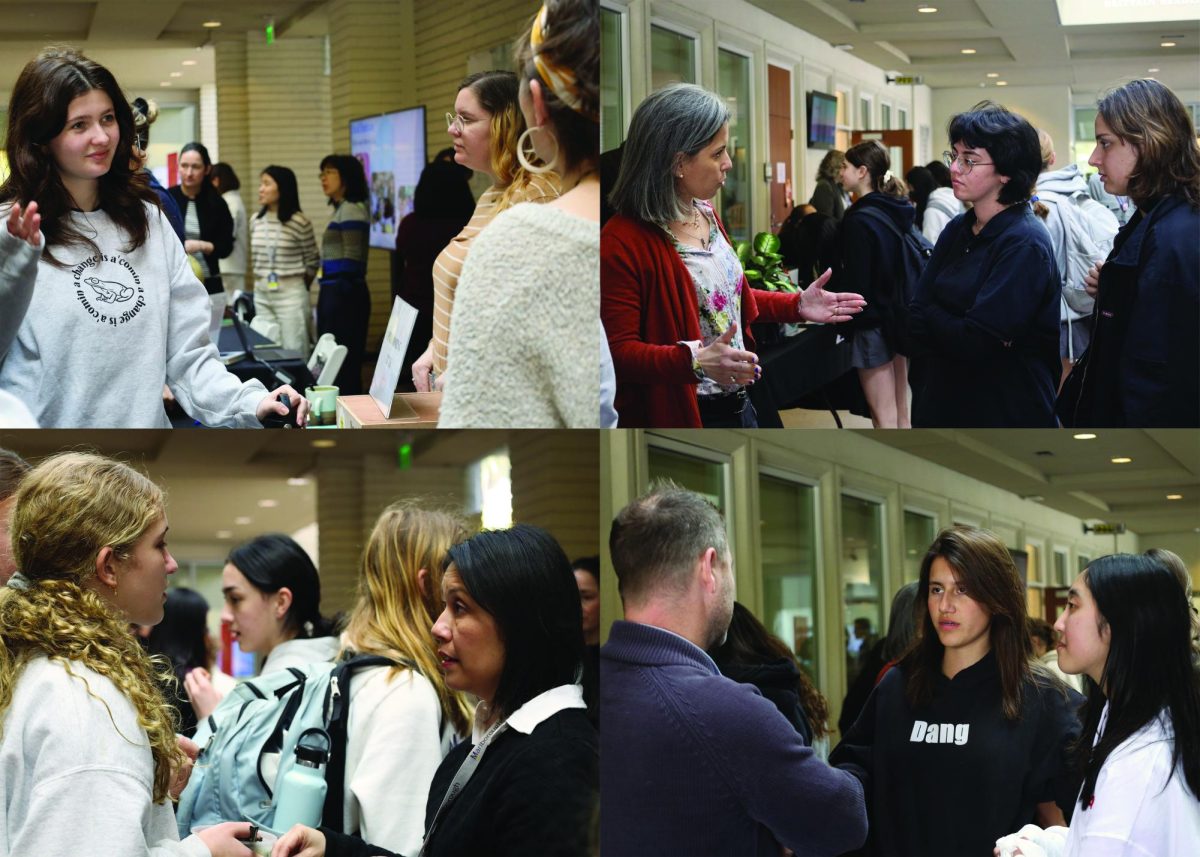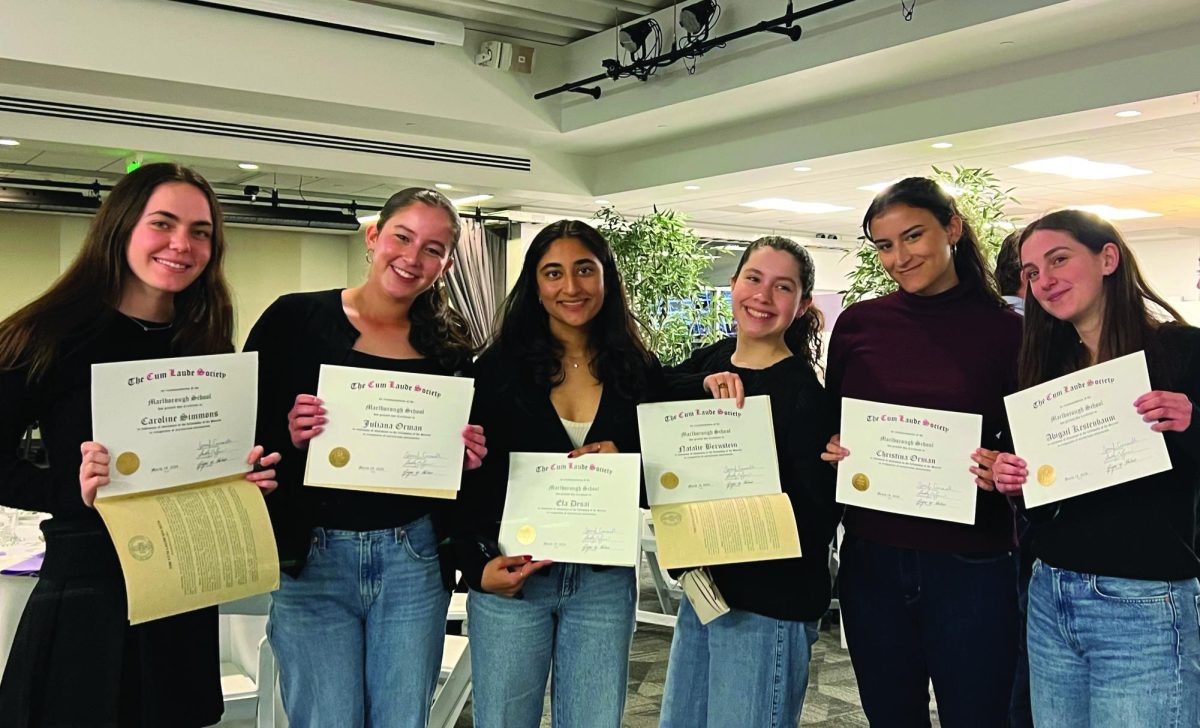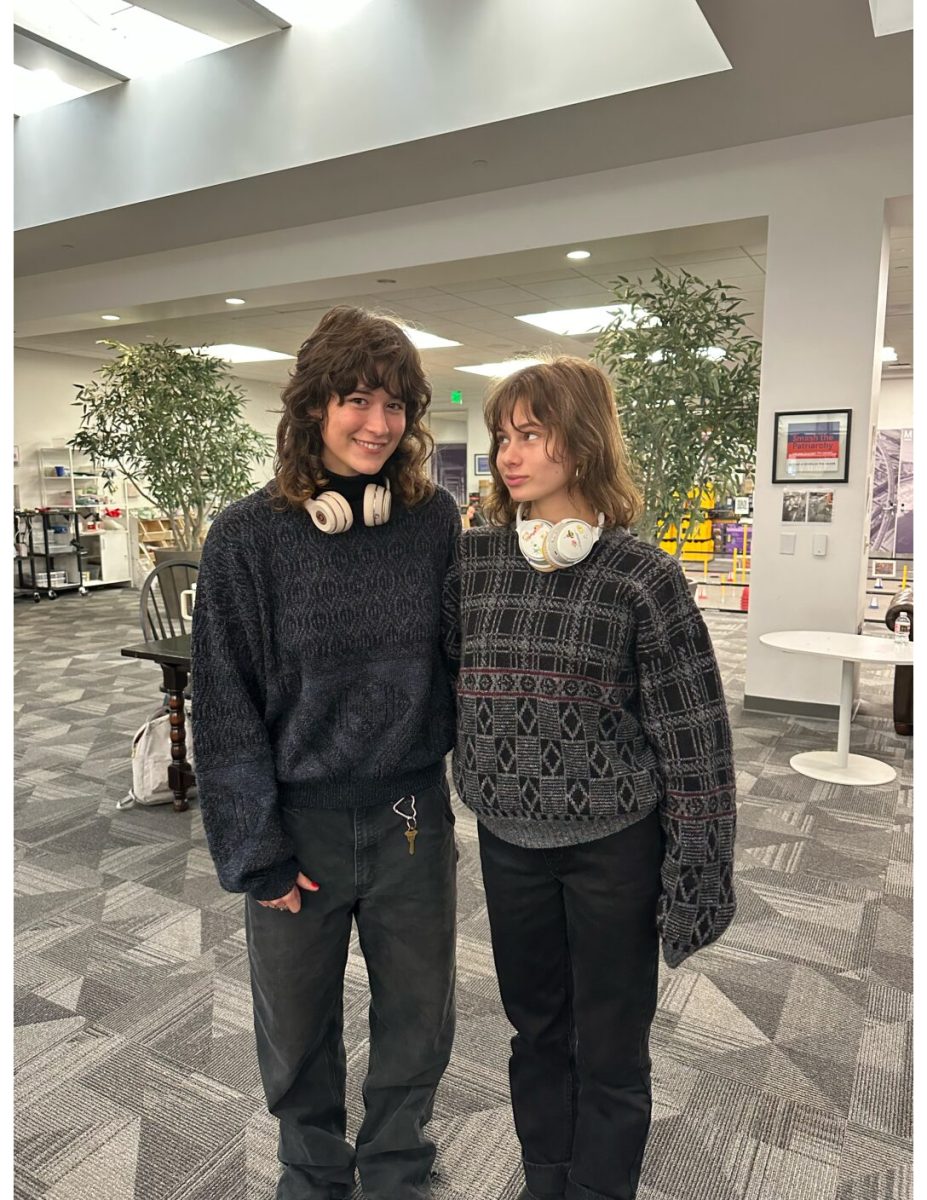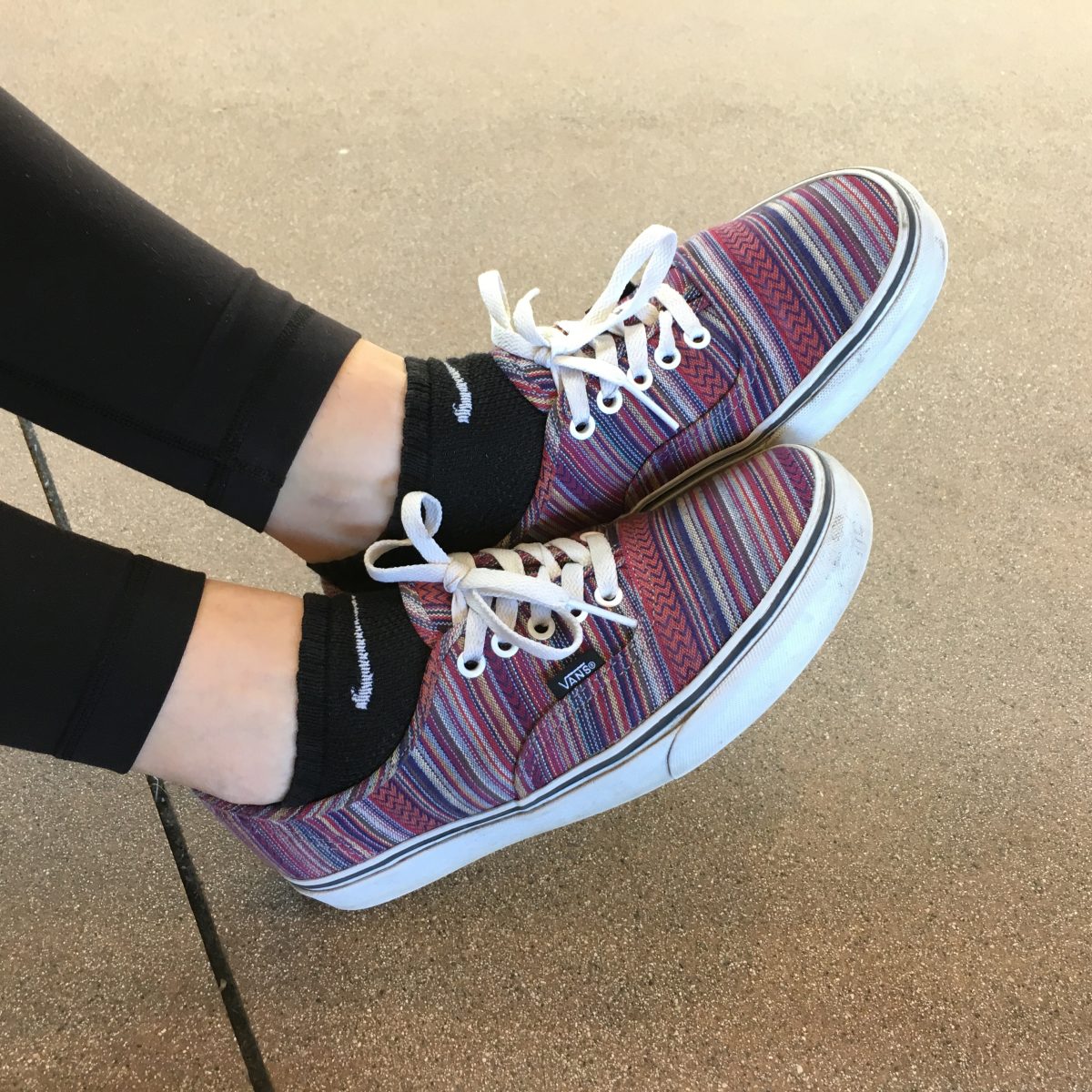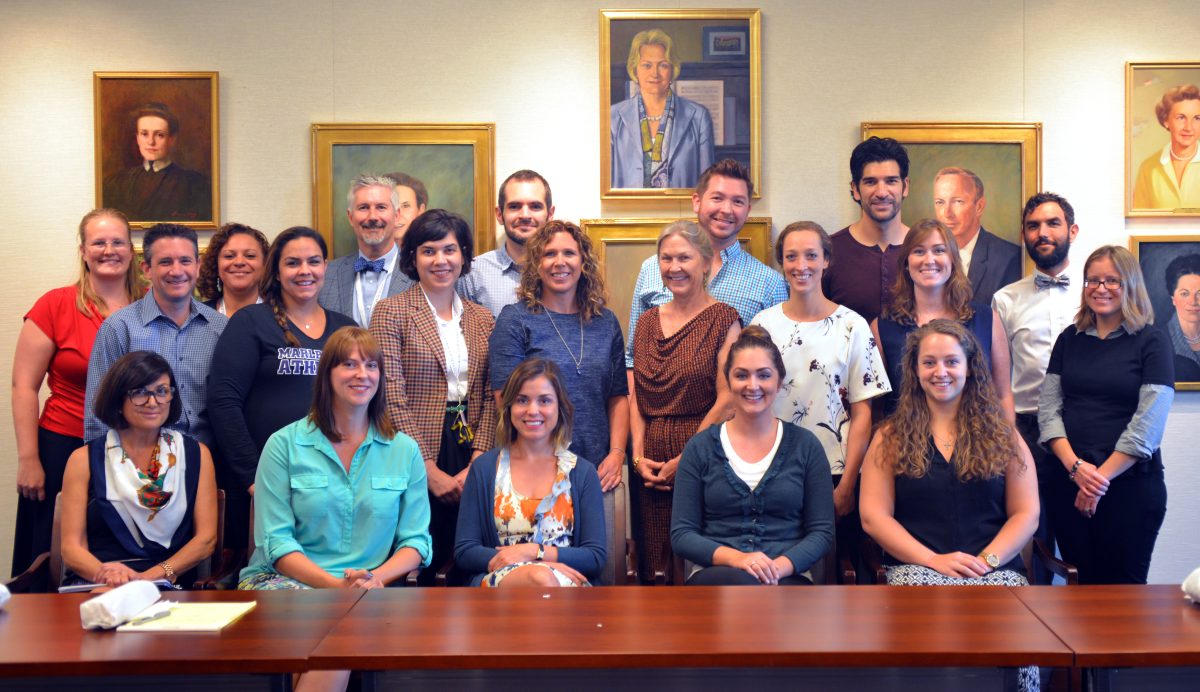
Since 2001, Google has made several partnerships and acquired 144 companies, including Nest, Motorola Mobility, and YouTube, in order to further develop technologies in the transportation, medical and domestic appliance industries. Not only has Google garnered billions of dollars from sales alone, but due to the development of new products, it creates jobs for people all over the world.
Google, which generates $30 billion in profits each year (and roughly $1873 every second), makes money mainly through selling advertisements. Advertisers pay Google to display ads that are perfectly tailored to an Internet user’s interests. Google knows a lot about its users from Google searches, Gmail, and other Google-run technologies that users have programmed their information into. As a result, Google can tell advertisers that their ads will target people who might be interested in their products.
Google X, a secretive advanced research group that works on experimental technology for Google, is behind many new products. Their newest project is a driverless car, which will not only drive itself but will also show advertisements based on the passenger’s location.
Research and equipment expenses have already driven up the potential cost of Google’s driverless car. So far, the company has invested about $220,000 in test car technology, including a laser radar system that scans the surroundings of the car, worth about $70,000.
While the high cost of a driverless car is one issue, the jobs that will be eliminated are also a cause for concern. The jobs of taxicab drivers and bus drivers would be replaced.
Math instructor Deepender Singh believes that people would get easily frustrated with a fully automated car because it would not have the same reaction time that humans do, and it may even increase traffic problems because computers will make slower decisions.
Additionally, schools all over the world have begun distributing Google-run Chromebooks, which come loaded with Chrome OS and Google Drive and typically cost $279, inexpensive compared to iPads and other devices.
The most publicized of Google’s new endeavors, Project Glass, has developed into Google Glass, which features all the capabilities of a smartphone in a hands-free device that users wear like a pair of eyeglasses.
Google is considering partnerships with Ray-Ban or Warby Parker to manufacture, design, and sell Google Glass, which can obey verbal commands from wearers. Users can use Google Glass to take pictures and videos, which can be stored on a 4-gigabyte hard drive on the device.
Director of Administrative and Academic Technology Stuart Posin recently attended a conference and saw a man wearing Google Glasses.
“They looked creepy as can be. They looked like normal glasses, but they were very nerdy. If you look closely, you can see that one side of the frame is different from the other. The worst part was that he could have been taking pictures or recording me without me knowing, which is very unnerving,” Posin remarked.

